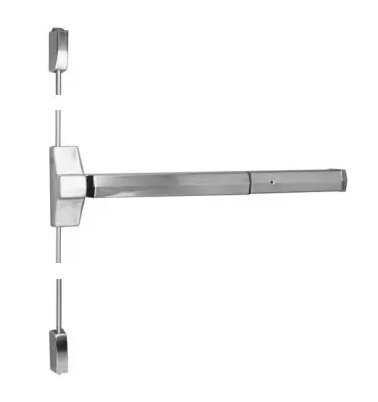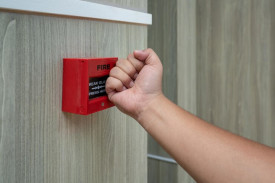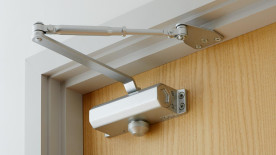You’ve probably noticed panic hardware hundreds of times and never knew it. The more common terms are “push bar” or “crash bar” and refer to the door handles that look- literally- like a giant bar, spanning across the width of the door. Naturally, the name “push bar” comes from how you use it.
Panic hardware is often found in commercial buildings, schools, gymnasiums, doctor’s offices, and the like. This type of door lock is also usually found on doors leading to exterior spaces- like exit doors.
But there is a difference between the typical panic bar and fire exit hardware.
How Panic and Fire Exit Devices Came to Be
Here is a bit of history for you










